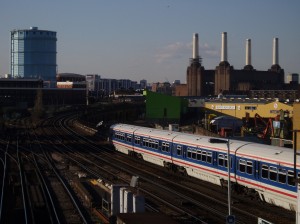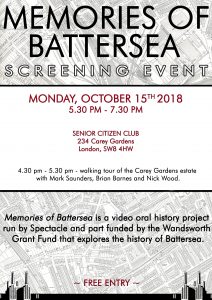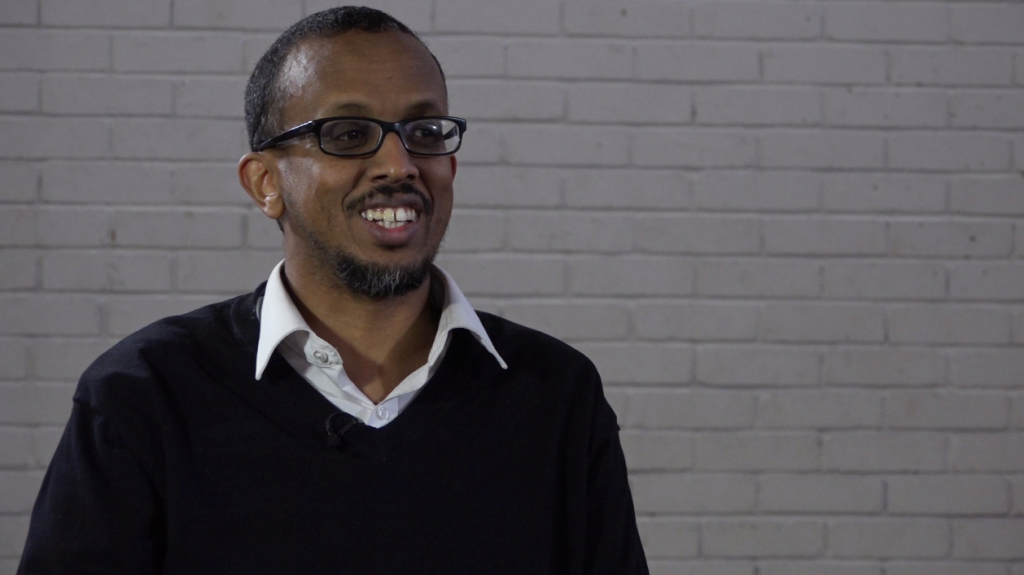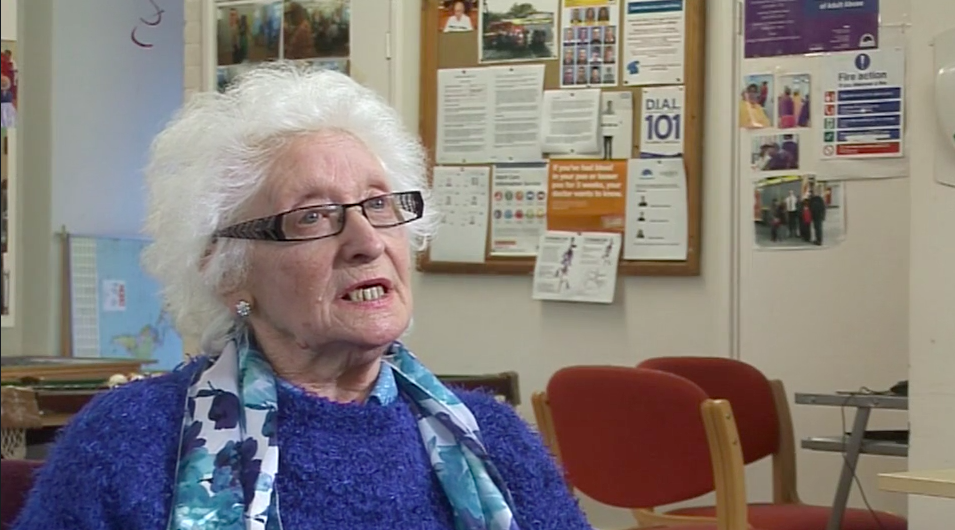From day one TfL (Transport for London) made it clear the proposed Northern Line Extension (NLE) was not about addressing transport infrastructure but about enhancing property values in the so called Vauxhall Nine Elms Battersea Opportunity Area.

The only question the NLE seems to address is how, in the middle of a freezing winter, can a City Fat Cat wake up in his £30m glass and steel penthouse, that desecrates the Art Deco architectural integrity of the Power Station and, North American style, get to his City penthouse office “desk” without going outside. Going to “work” attired in just summer casuals- slacks and short sleeve shirt?
Answer have public money spent on running an underground tube to your door step so you can take a private lift down to the platform ( via the shopping mall ) and get on a city branch train direct to the City.
Aside from the ludicrous cost of this white elephant toy train for the rich there is the fact that all those commuters living south of Kennington will have to change trains there to get on the City Branch.
Since 1983 the Battersea Power Station Community Group have drawn attention to the neglect of the Battersea Power Station by a succession of owners. They have criticised inappropriate and harmful development proposals and proposed their own alternatives, such as the People’s Plan of 1986. Recently they released their ‘Proof of Evidence’ on the Northern Line Extension in Battersea. A summary of what came out of it:
“We support the principle of connecting the tube to Battersea Power Station, provided it was publicly funded and serves the whole of north Battersea, including Battersea Park, Latchmere and Clapham Junction, reducing unit costs. We also feel that transportation improvements could be achieved more quickly and at lower cost if other transort modes had also been considered. The current proposal represents poor value of money.
We do not consider that having a tube station in east Battersea to be a condition precedent for the succesful redevelopment of the Battersea Power Station site or other sites in the VNEB ”Opportunity Area” would certainly not be considered. The development of these sites has gone ahead on the basis of existing transport infrastructure. The justification that the NLE would support development at higher densities necessary to pay for it is circular and illogical.
We fear that, despite the arguments advanced at this inquiry, the decision to build NLE has already been made. The NLE appears in government budgets and announcements where is it talked about by politicians as if already agreed. Implementation of planning permission 2009/3575 is impossible without the NLE being built. Nevertheless we hope that – in the light of the evidence presented- the outcome of this inquiry will confound the expectations of TfL and Wandsworth Council, and will cause transport provision in east Battersea to be reconsidered.”
Connecting Battersea to the tube network (NLE or some other line) is a wider public good. The developer of the Battersea Power Station site should not be asked to pay for this.
To conclude with, transportation improvements could be made more quickly and at lower costs if other transport modes had been considered. The current proposal represents very poor value for money. Connecting the tube to Battersea Power Station would however be supported, provided it was publicly funded and serves the whole of north Battersea, including Battersea Park, Latchmere and Clapham Junction, reducing unit costs.
For a full critique of the NLE see Proof of Evidence 13-12-13
Click Battersea Power Station for more blogs
See our Battersea Power Station project pages for more information and videos.
Or visit PlanA our general blog on urbanism, planning and architecture.
Spectacle homepage
Like Spectacle Documentaries on Facebook
Follow SpectacleMedia on Twitter
 More info about the event can be also found here
More info about the event can be also found here



